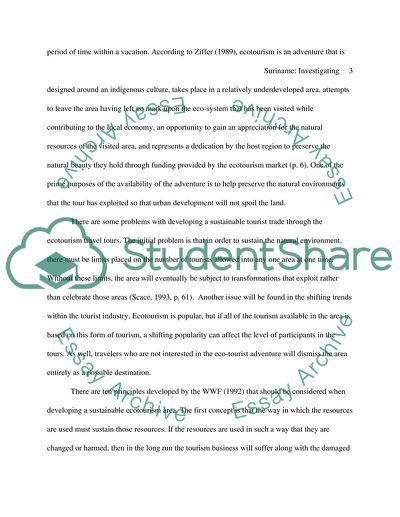Cite this document
(“Investigating Sustainable Tourism Research Paper”, n.d.)
Retrieved from https://studentshare.org/tourism/1565367-developing-sustainable-tourism-in-suriname-south-america
Retrieved from https://studentshare.org/tourism/1565367-developing-sustainable-tourism-in-suriname-south-america
(Investigating Sustainable Tourism Research Paper)
https://studentshare.org/tourism/1565367-developing-sustainable-tourism-in-suriname-south-america.
https://studentshare.org/tourism/1565367-developing-sustainable-tourism-in-suriname-south-america.
“Investigating Sustainable Tourism Research Paper”, n.d. https://studentshare.org/tourism/1565367-developing-sustainable-tourism-in-suriname-south-america.


